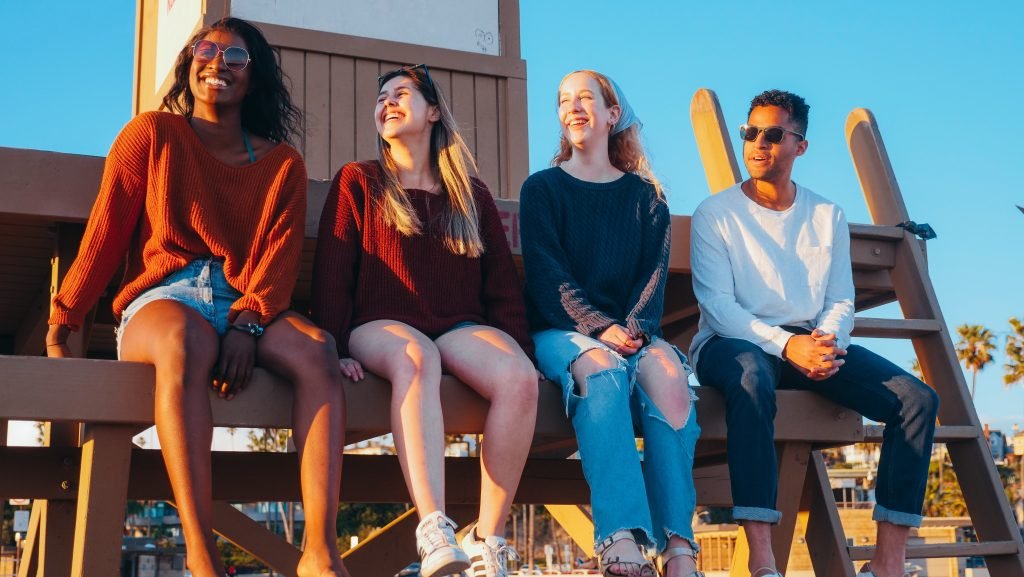

Norwegian Preposition PÅ in Detail – With Examples A1-B1
Norwegian is a fascinating language with its rich sounds, rhythm, and unique grammar structures. One of the most commonly used prepositions in Norwegian is “på.” Although simple, “på” can be a bit tricky for learners because of its versatile uses across various contexts. Let’s dive into this proposition and understand it in detail.
Table of Contents
Toggle1. Introduction to “på”:
“På” primarily translates to “on” in English but has a broader application in Norwegian. Its exact meaning often depends on the context.
2. Basic Usage of “på”:
For locations or places:
- “Boken ligger på bordet.” = “The book is on the table.”
- “Han er på skolen.” = “He is at school.”
For states or conditions:
- “Jeg er på jobb.” = “I am at work.”
- “Han er på ferie.” = “He is on vacation.”
3. “På” with Days and Dates:
“På” can be used to indicate specific days:
- “På søndag skal jeg i kirken.” = “On Sunday, I am going to the church.”
4. “På” in Time Expressions:
In some instances, “på” is used to refer to a particular time or duration.
- “Barnet sover på dagen.” = “The child sleeps during the day.”
5. “På” in Expressions of Clothing and Appearance:
“På” can be used to talk about something someone is wearing or something that is a part of someone’s appearance.
- “Hun har en hatt på seg.” = “She has a hat on.”
- “Han har på seg solbriller.” = “He is wearing sunglasses.”
6. “På” in Abstract Concepts:
Often, “på” is used more abstractly, which may not directly correlate with the English “on.”
- “Han er på vei.” = “He is on his way.”
- “Jeg er på lag med deg.” = “I am on your side.”
7. “På” with Devices and Mediums:
When referring to mediums, like TV or radio, or devices like phones, “på” is commonly used.
- “Det er en god film på TV nå.” = “There is a good movie on TV now.”
- “Jeg skal sette deg på høyttaler.” = “I’ll put you on speaker.”
8. Some Common Expressions with “på”:
- “På grunn av” = “Because of”
- “På tide” = “About time”
- “På nytt” = “Again” or “anew”
Conclusion:
The Norwegian preposition “på” plays a central role in the language, reflecting a wide range of meanings. It can denote location, time, condition, medium, and much more. For Norwegian learners, understanding the varied applications of “på” can be a significant step towards fluency. Regular practice with real-life sentences and attentive listening will make its usage more intuitive.
FAQ: Norwegian Preposition “PÅ”
Q1: Can “på” always be translated as “on” in English?
-
A: No. While “på” often translates to “on” in English, its meaning can vary based on context. For example, referring to being at a location like a school would translate to “at” in English.
Q2: How do I know when to use “på” for days or dates?
-
A: In Norwegian, when referring to actions on specific days, you would generally use “på”. For instance, “på søndag” means “on Sunday.”
Q3: Is using “på” when referring to clothing common?
-
A: Yes, “på” is often used when discussing what someone is wearing. For instance, “Hun har en kjole på seg” translates to “She has a dress on.”
Q4: Should I memorize any fixed expressions with “på”?
-
A: Yes, there are some common expressions like “på grunn av” (because of), “på tide” (about time), and “på nytt” (again) that can be handy to remember.
Q5: Can “på” be used with time durations like “in the morning” or “at night”?
-
A: Not typically. For time durations, Norwegians often use “om” (e.g., “om morgenen” for “in the morning”). “På” is more commonly used for specific days or moments, like “på dagen” for “during the day.”
Q6: Does “på” have any idiomatic uses that might not be directly translatable?
-
A: Yes, like many prepositions in languages, “på” is used idiomatically in certain expressions where direct translation might not capture the intended meaning. An example is “være på vei,” which means “to be on one’s way.”
Q7: How can I practice using “på” effectively in Norwegian?
-
A: Immersing yourself in Norwegian media, engaging in conversations, and practicing sentence constructions with “på” in different contexts will help solidify your understanding.
If you want to learn Norwegian, you can register for classes here. If you want to check your Norwegian level for free, you can do that here. We look forward to hearing from you and helping you become fluent in Norwegian!
If you want to learn Norwegian, you can register for classes here. We look forward to hearing from you and helping you become fluent in Norwegian.





